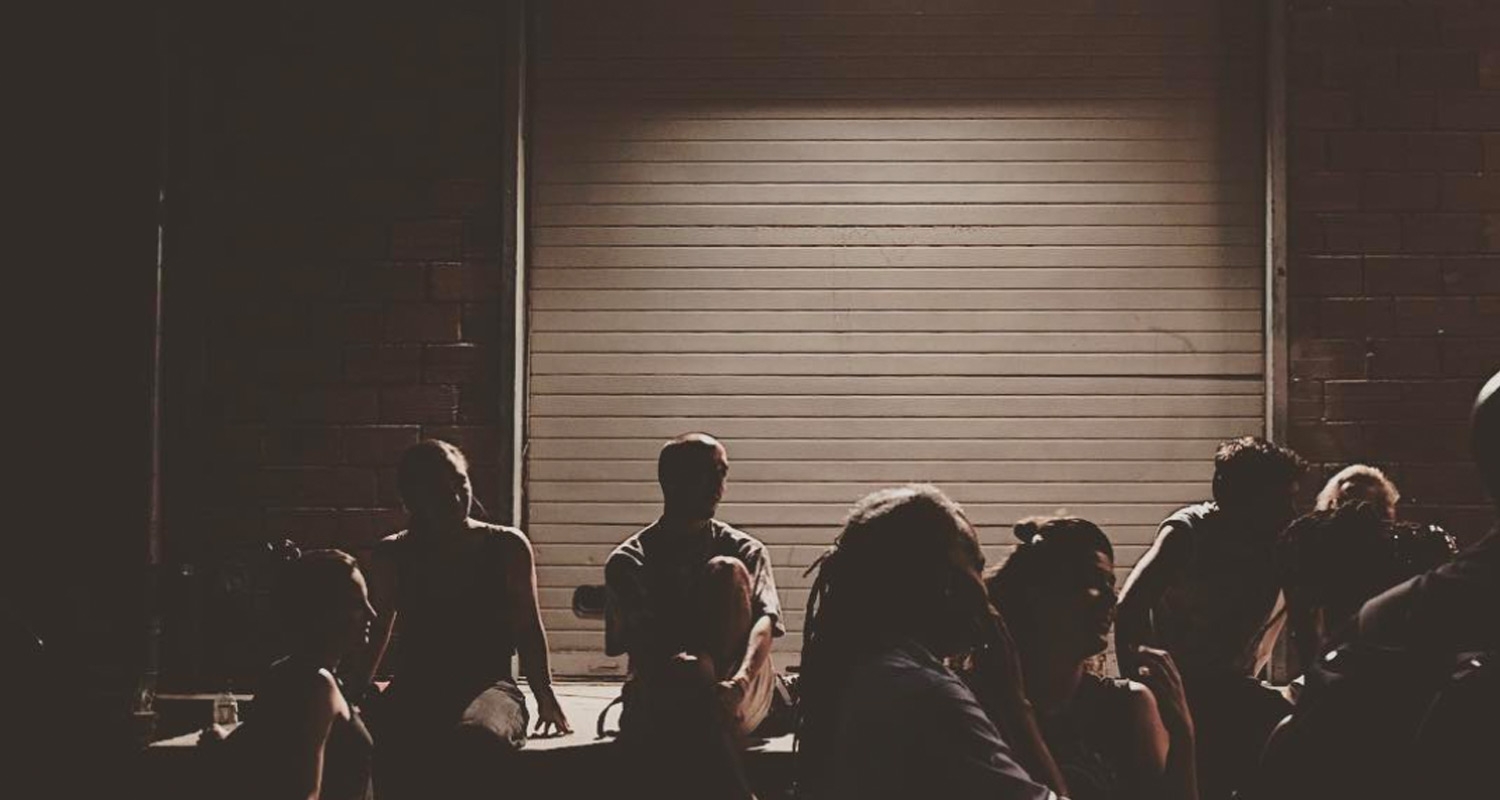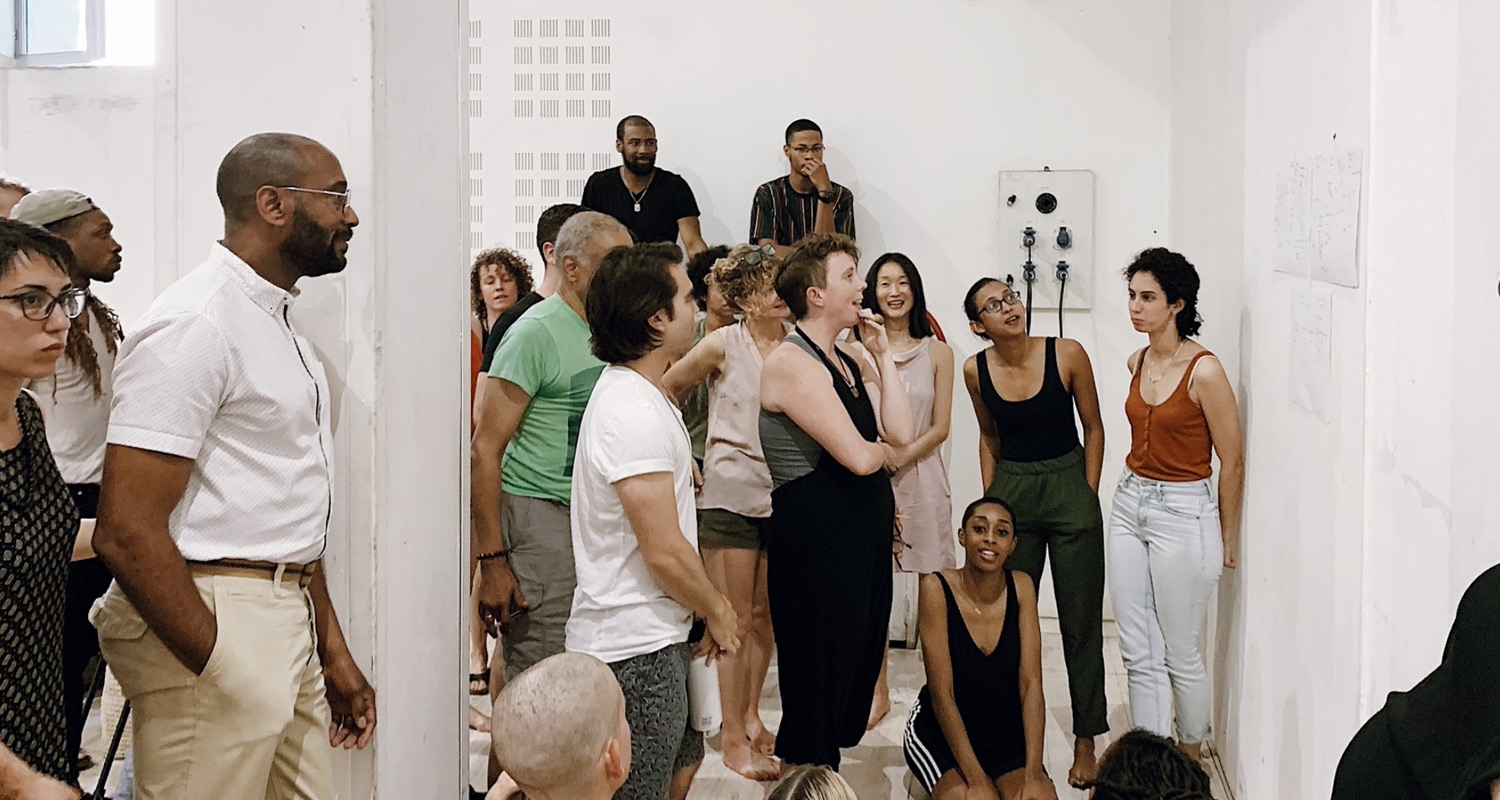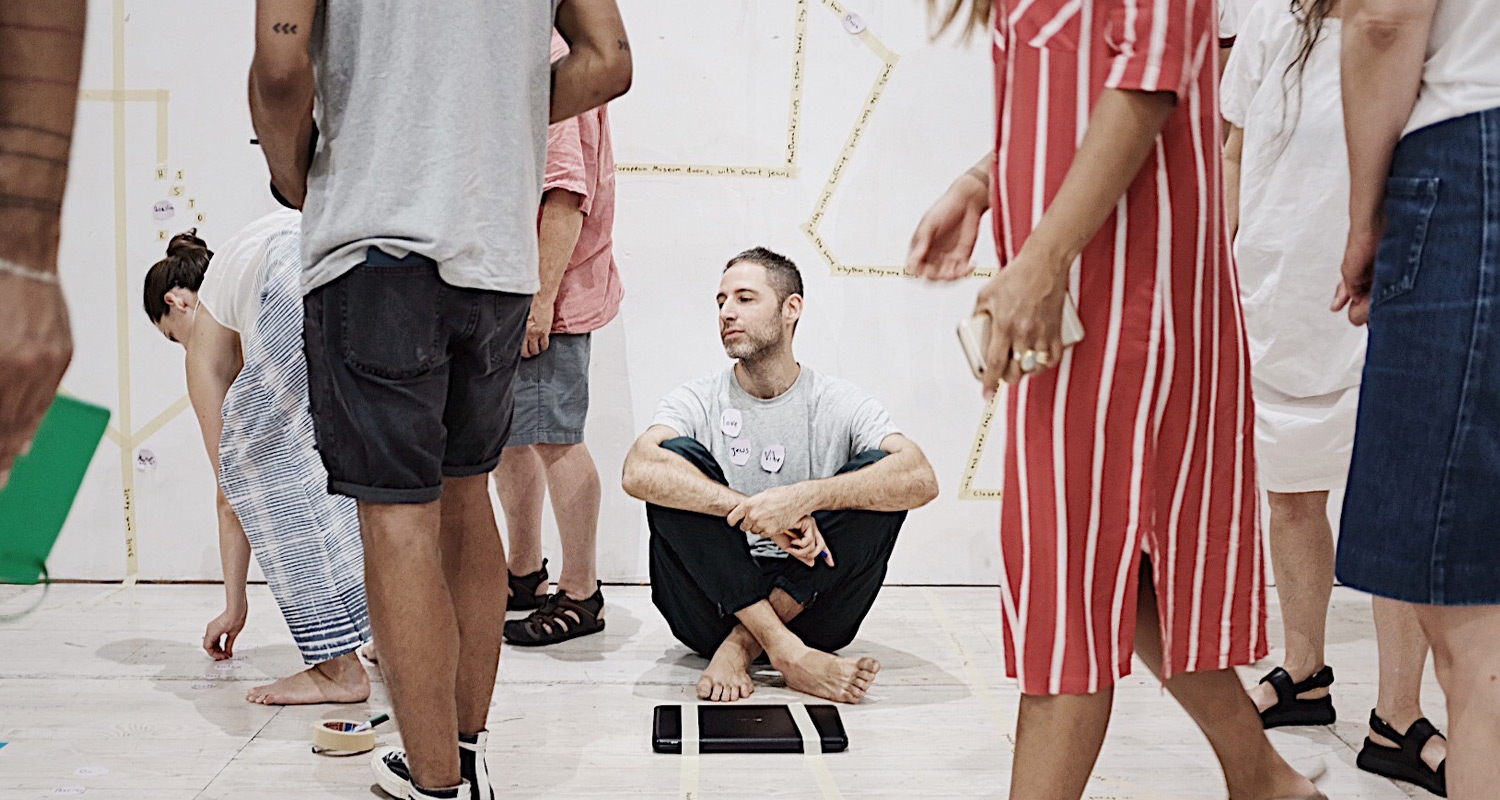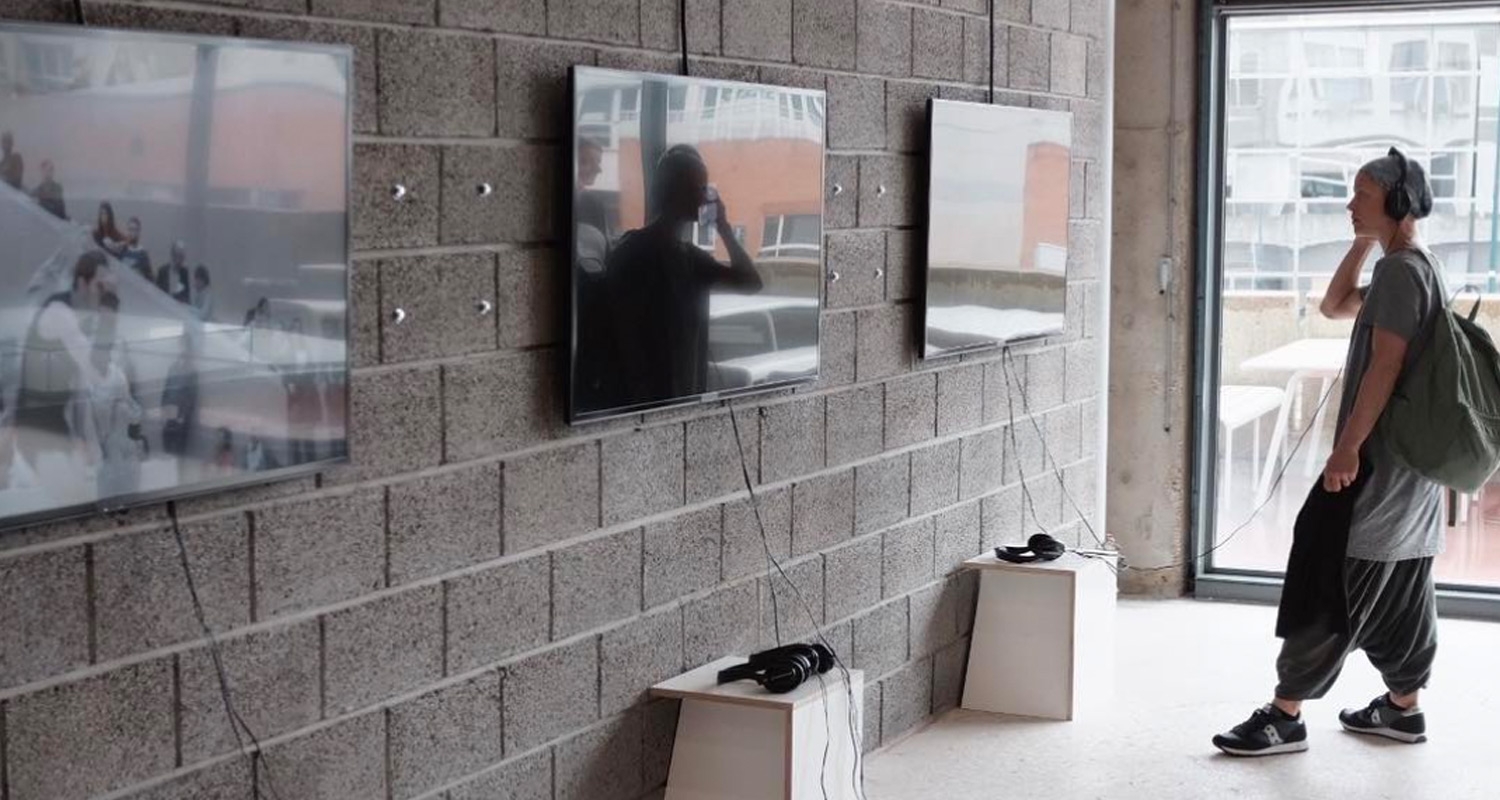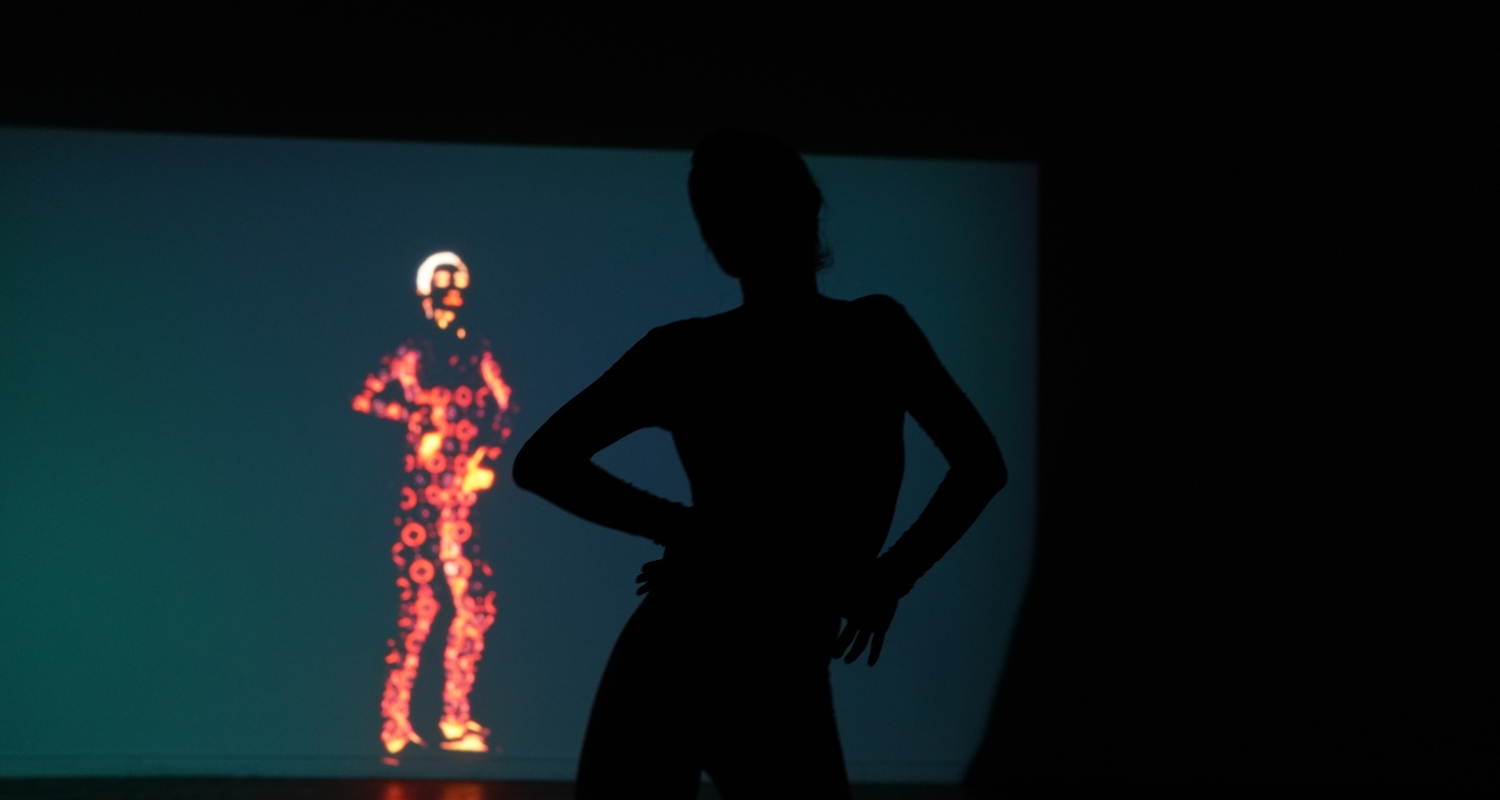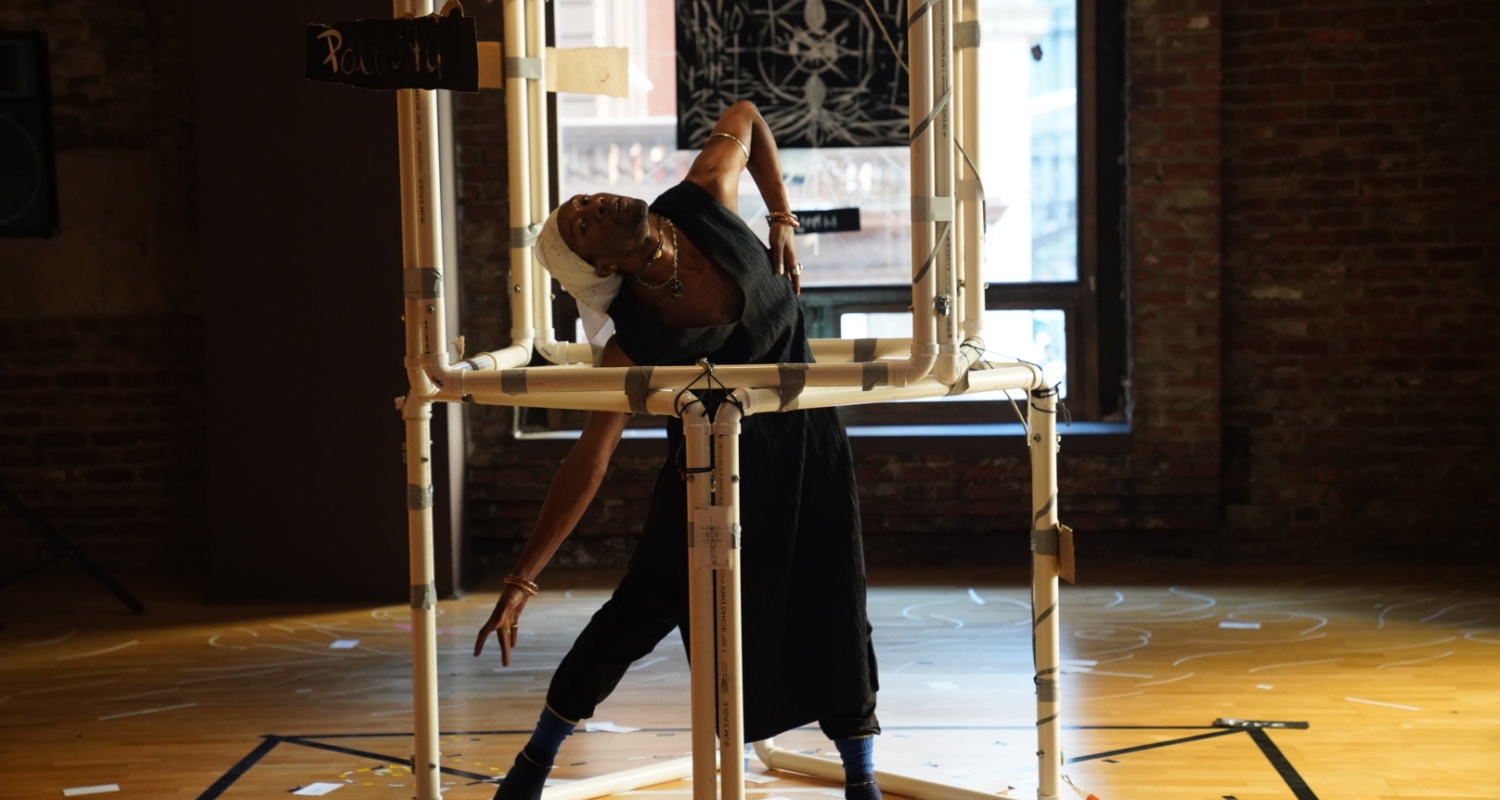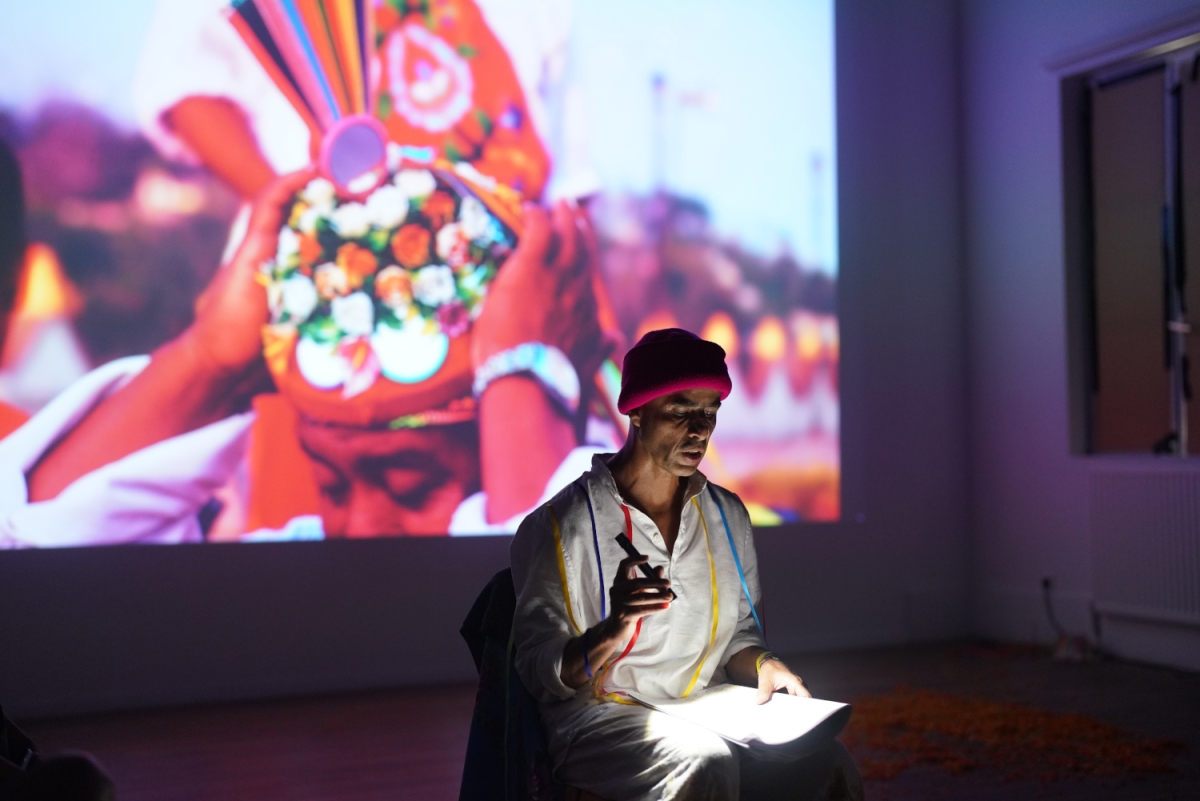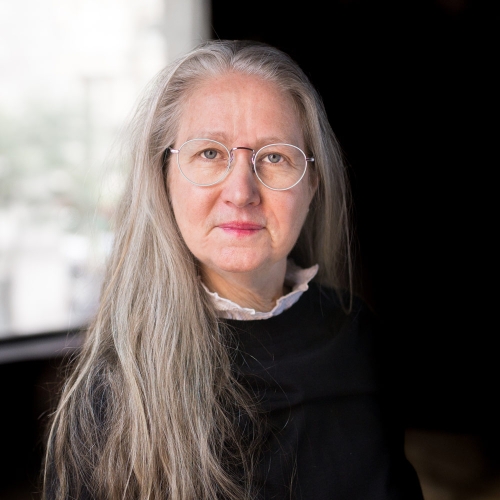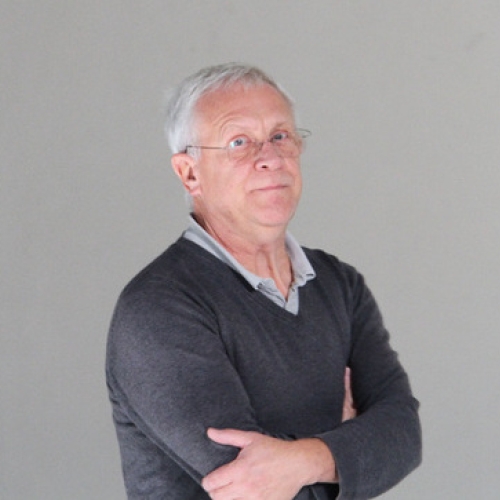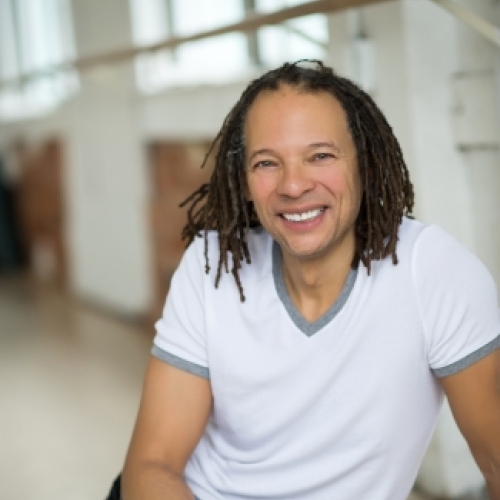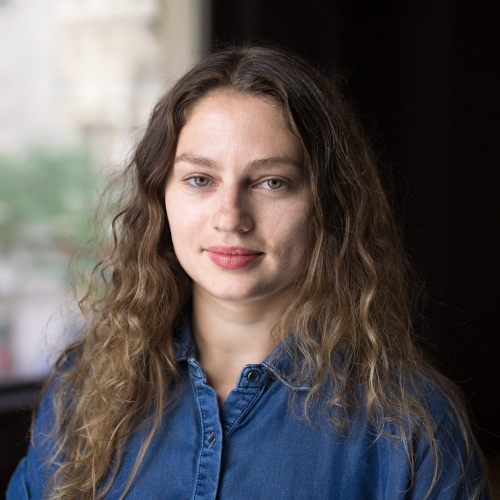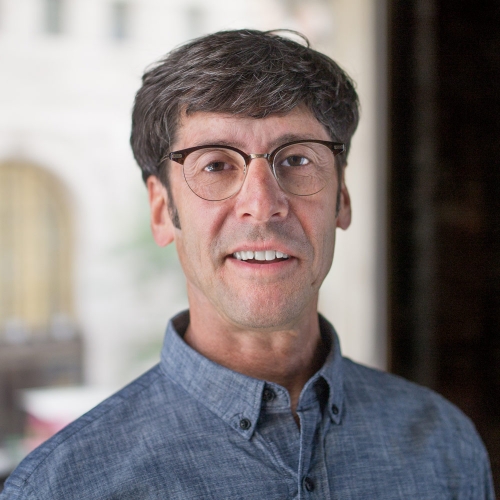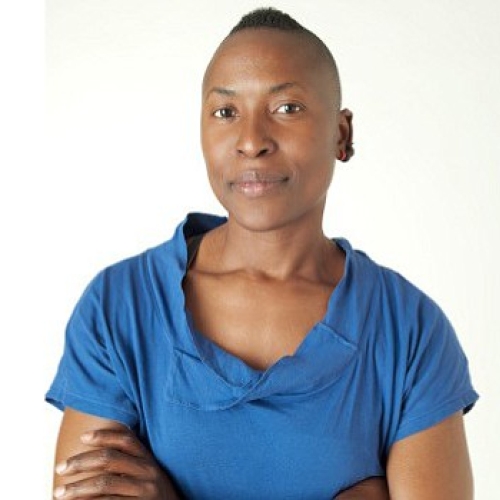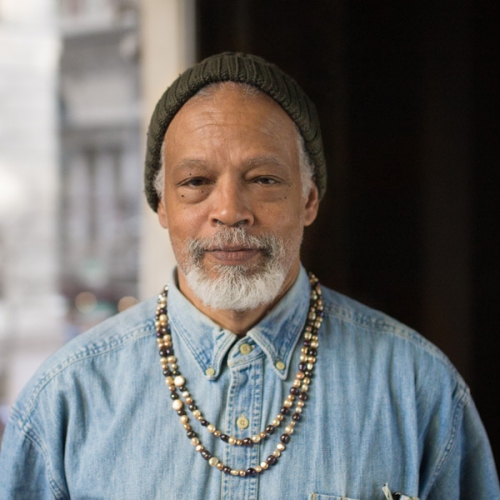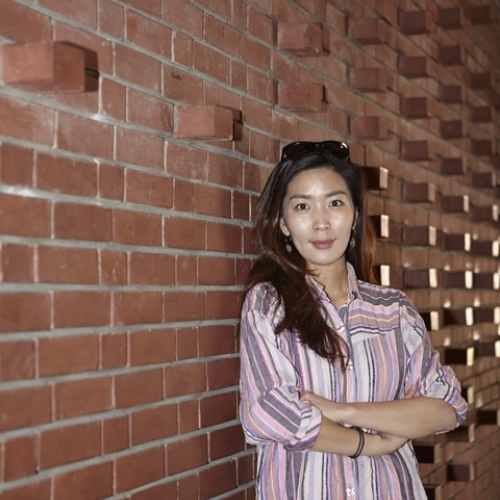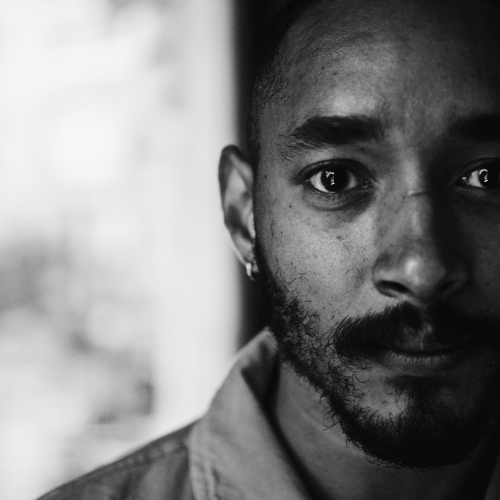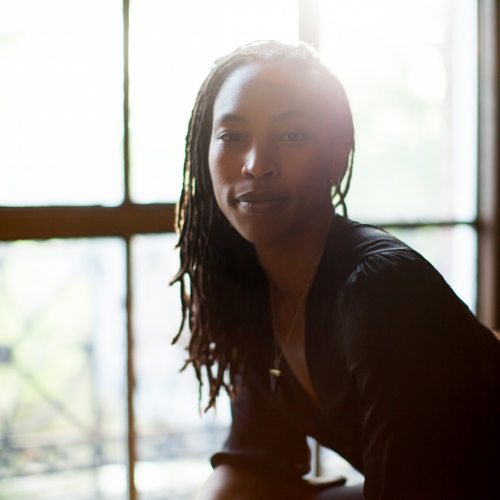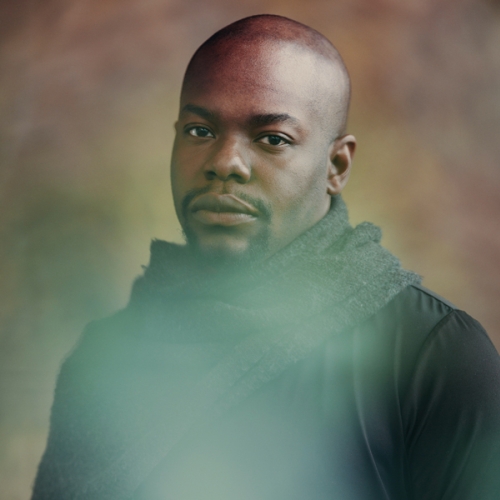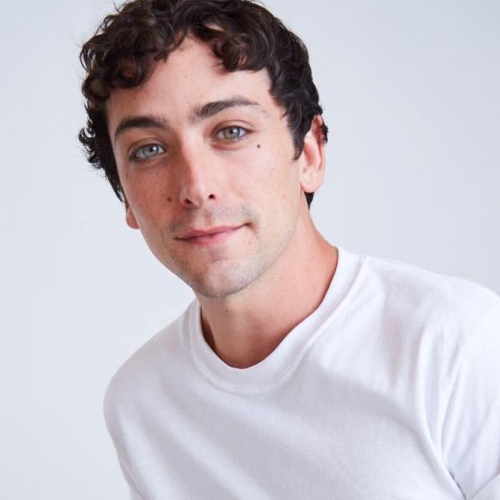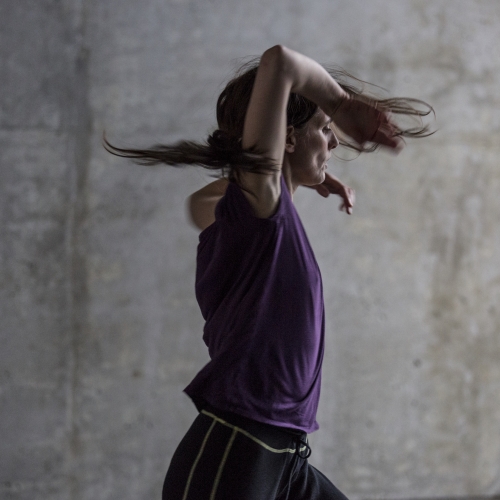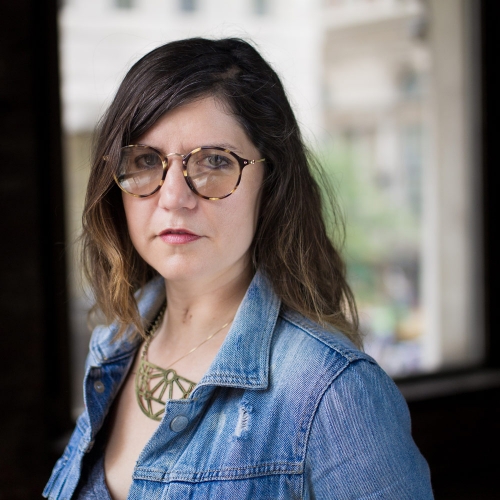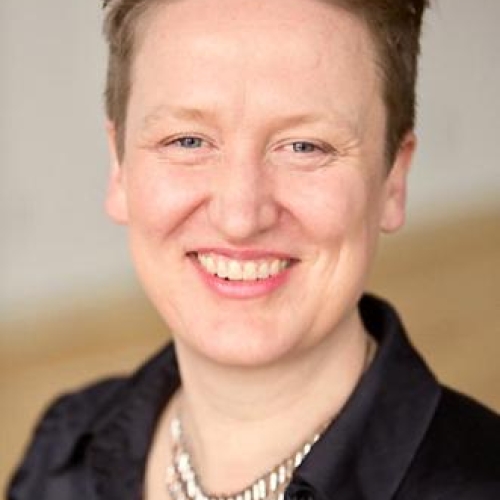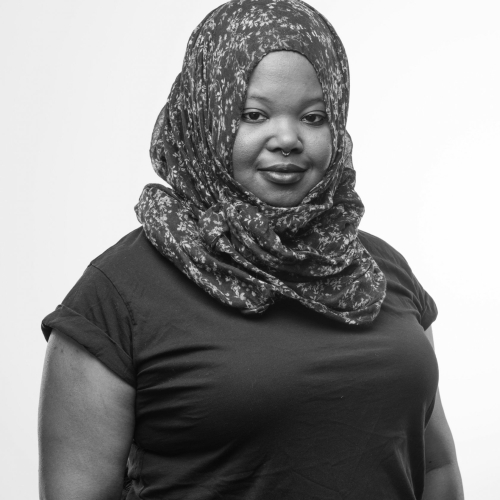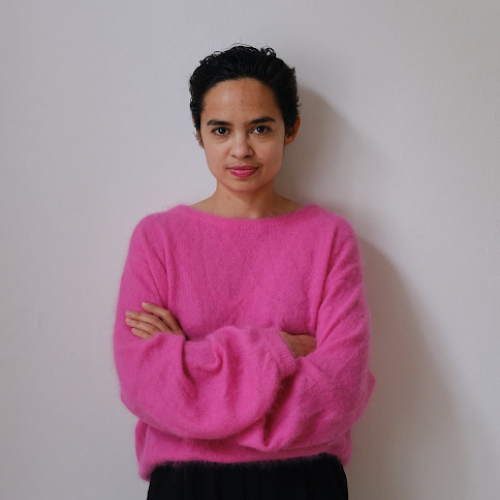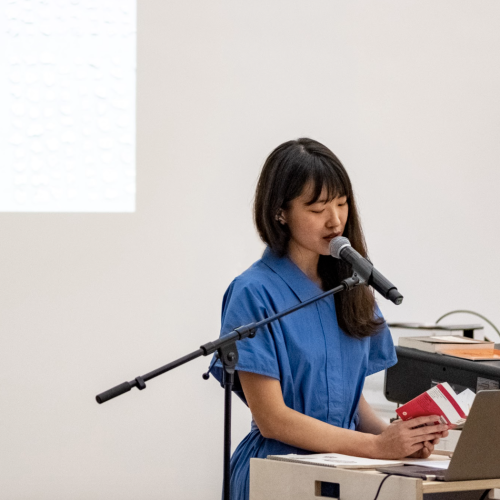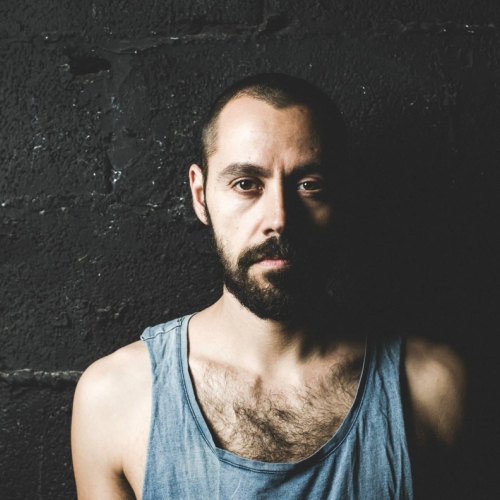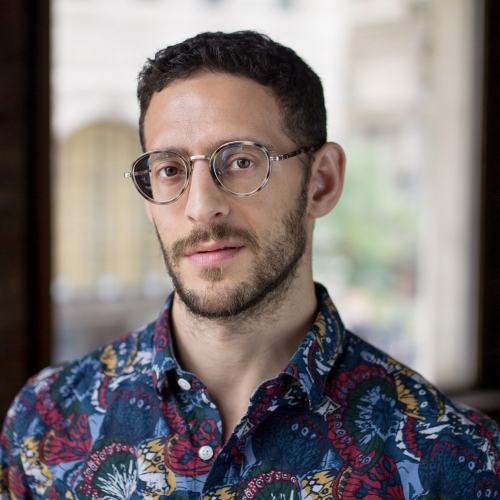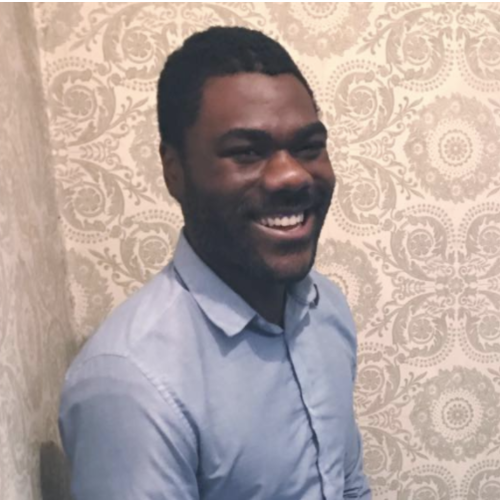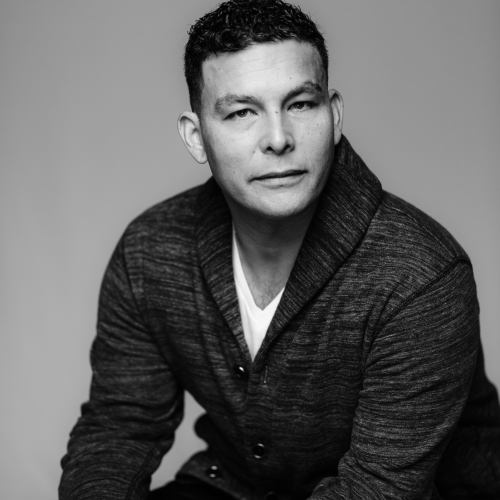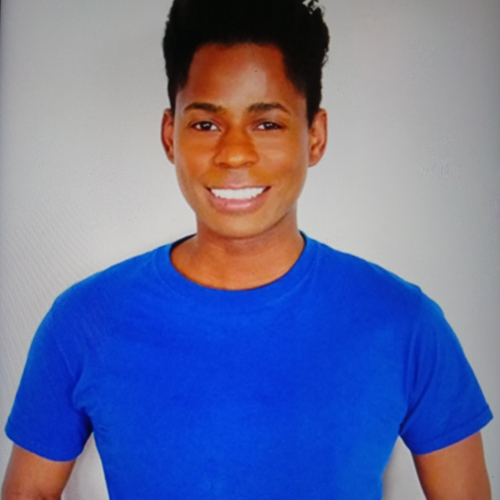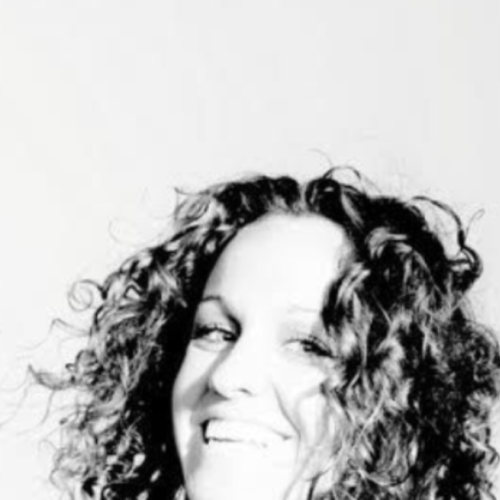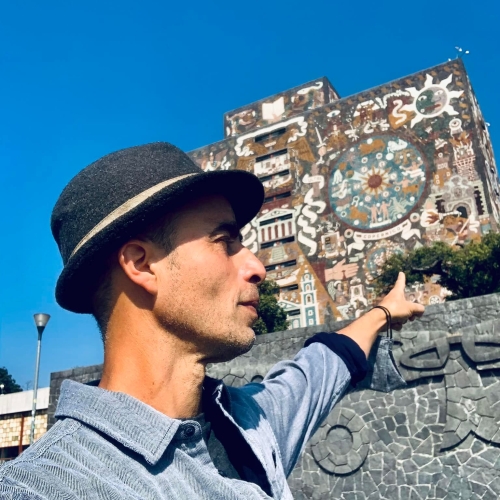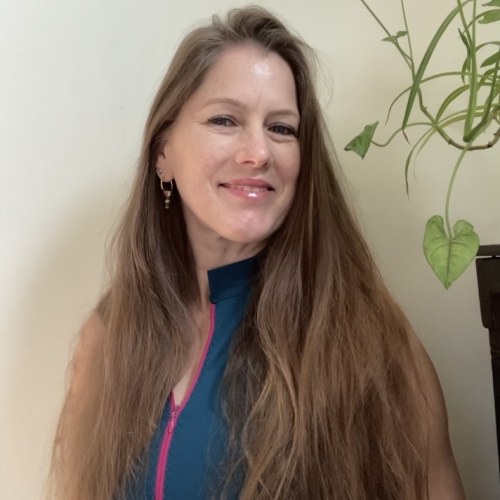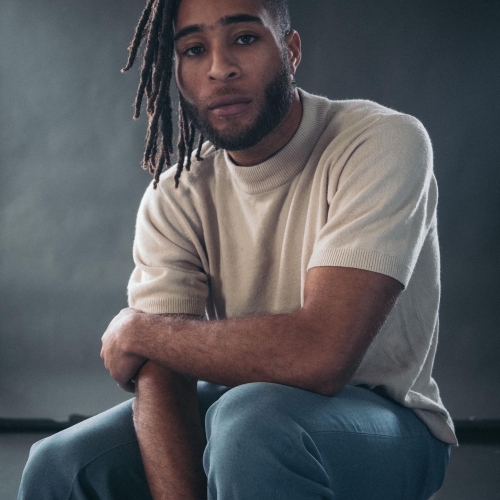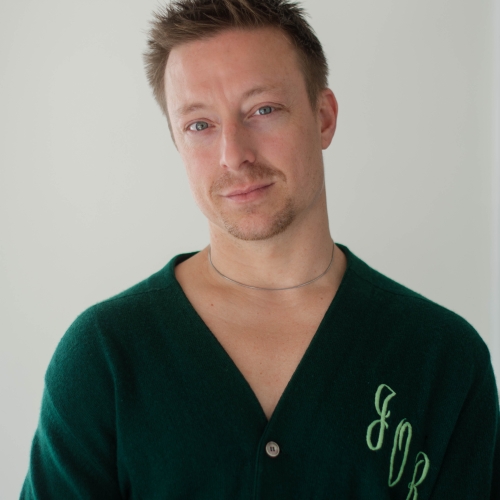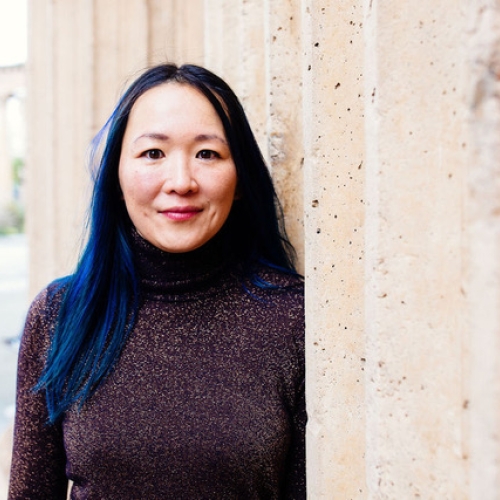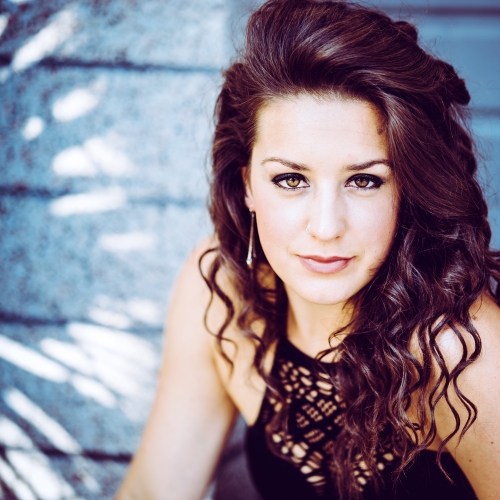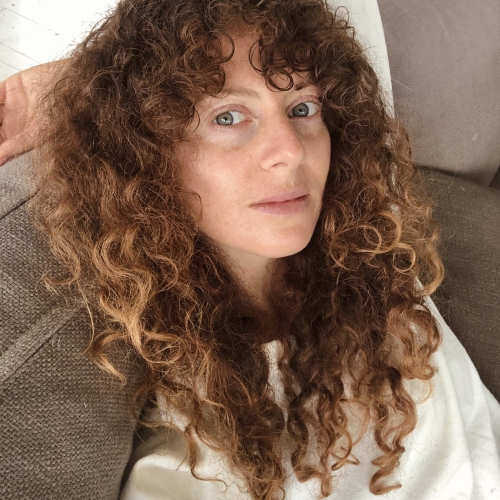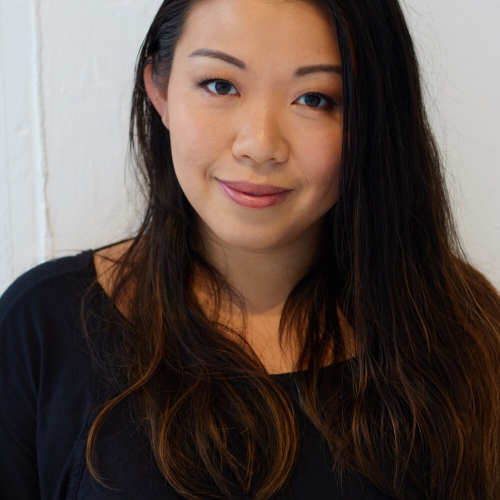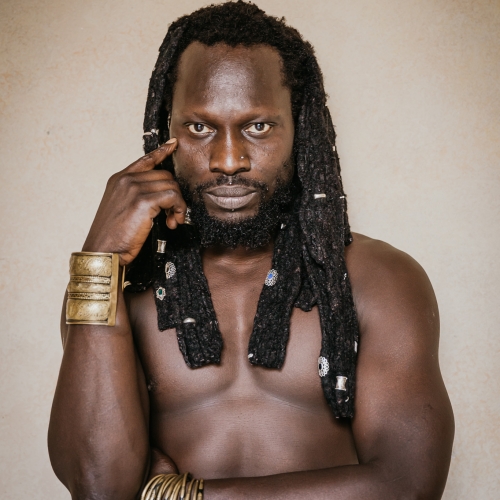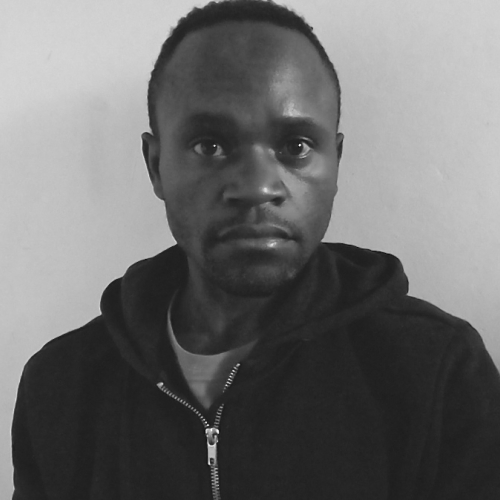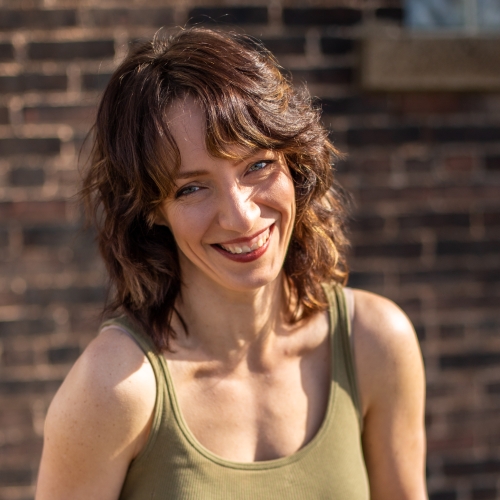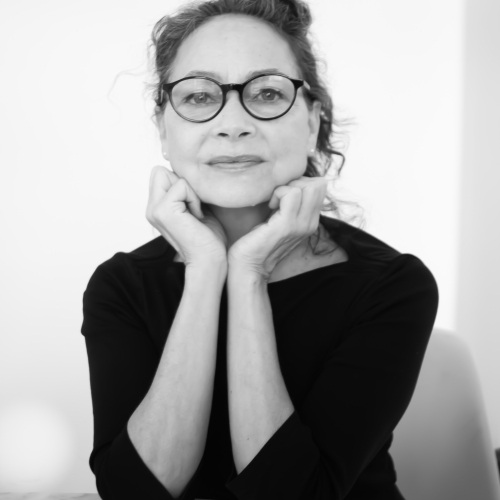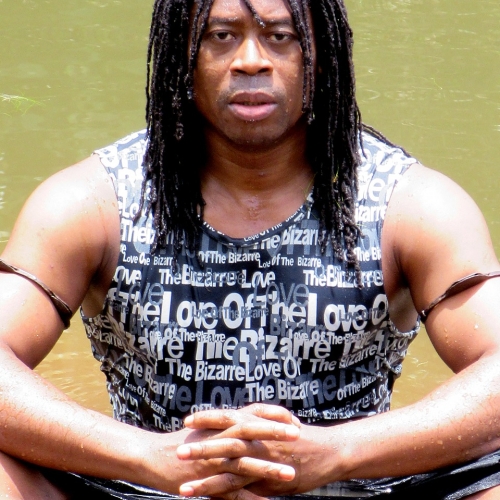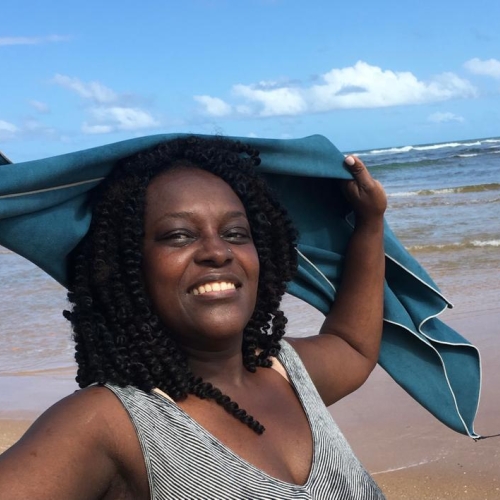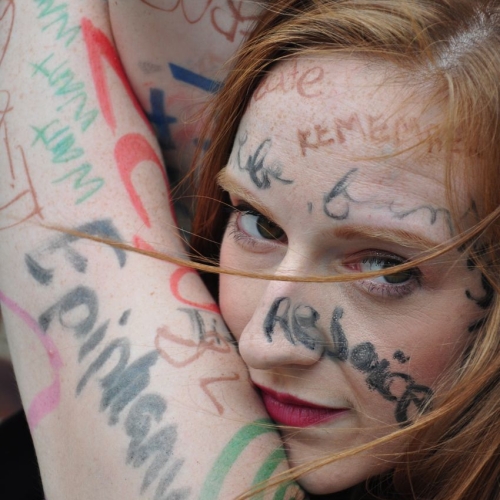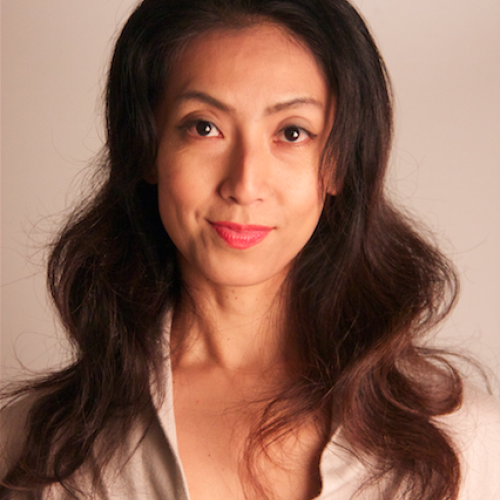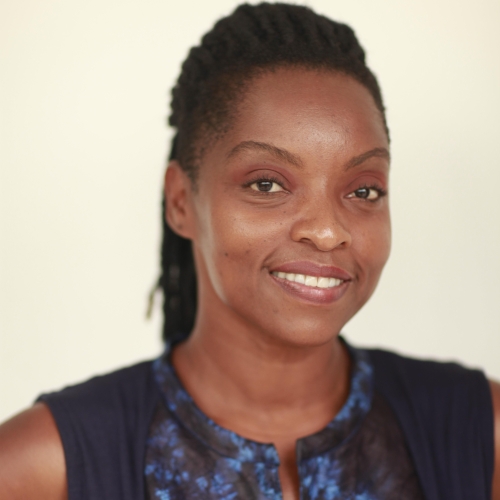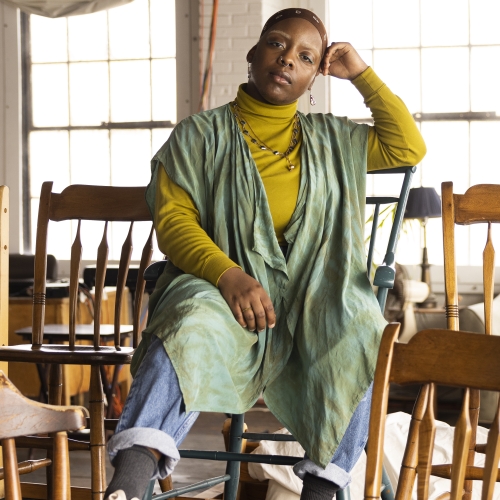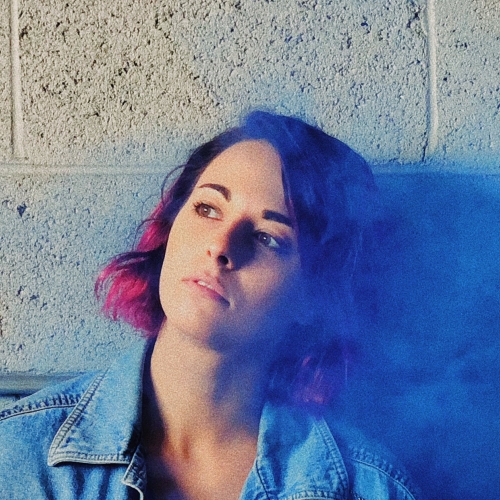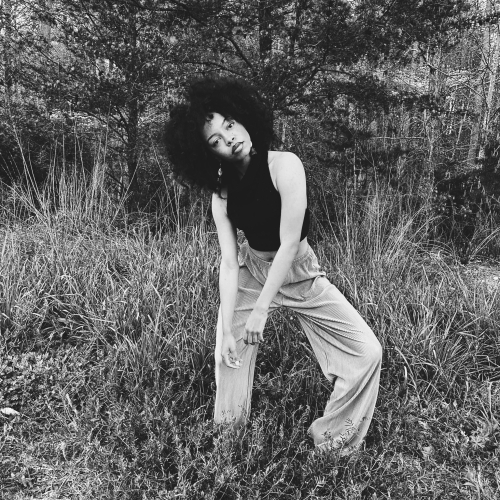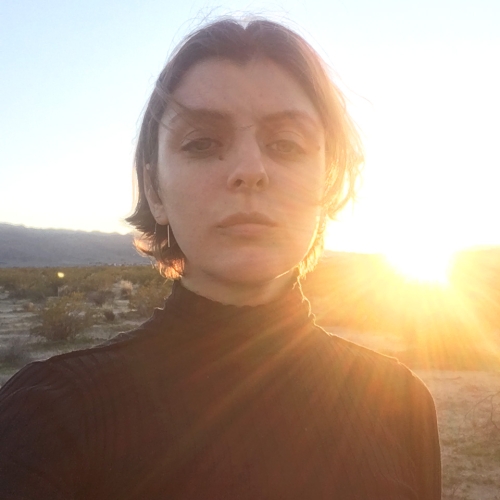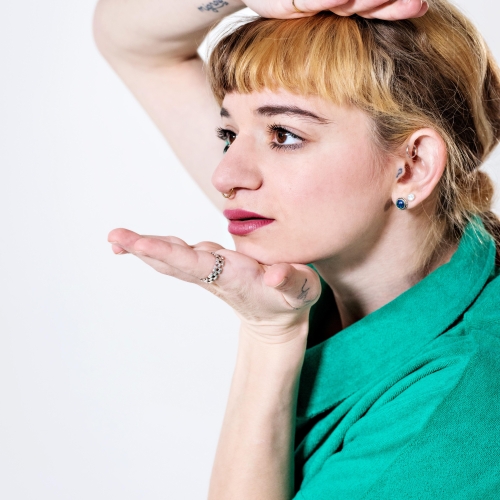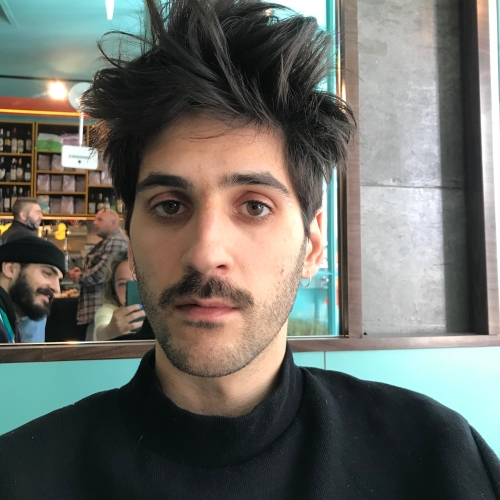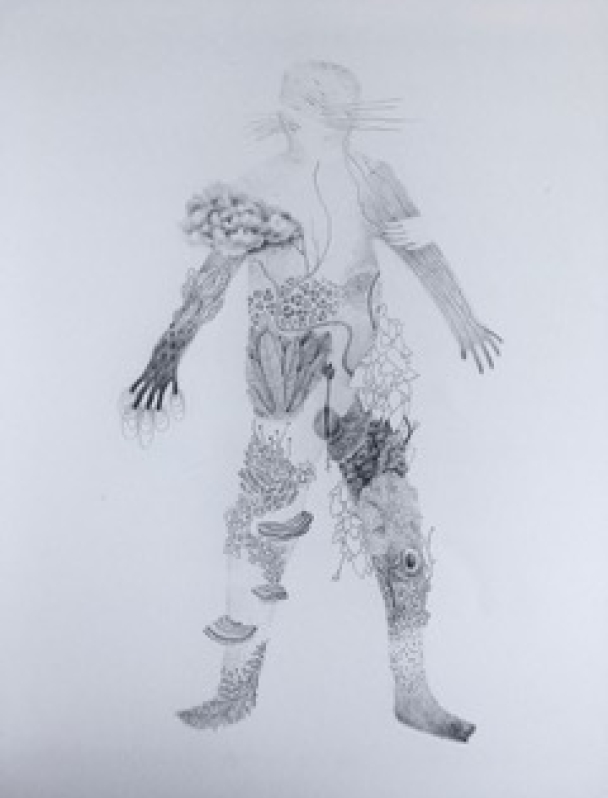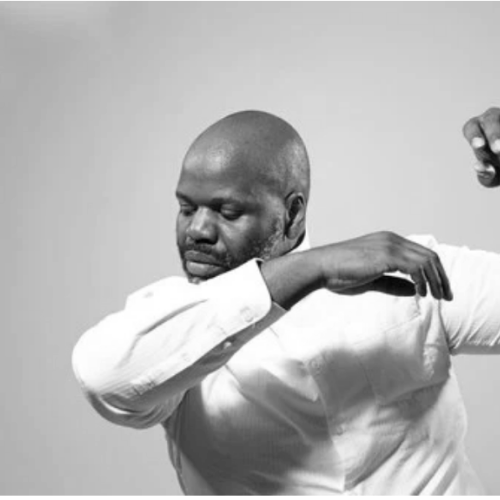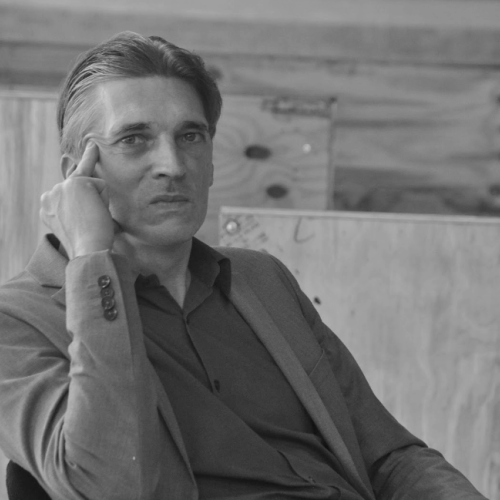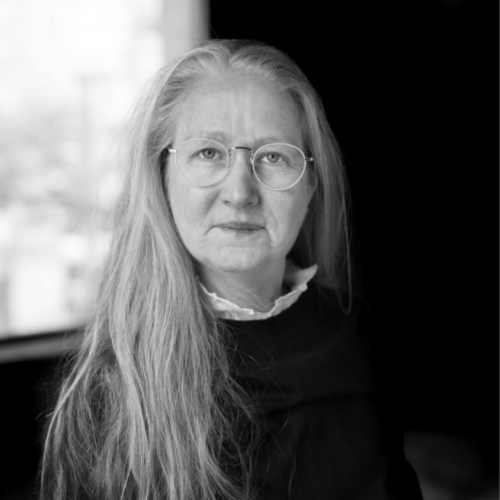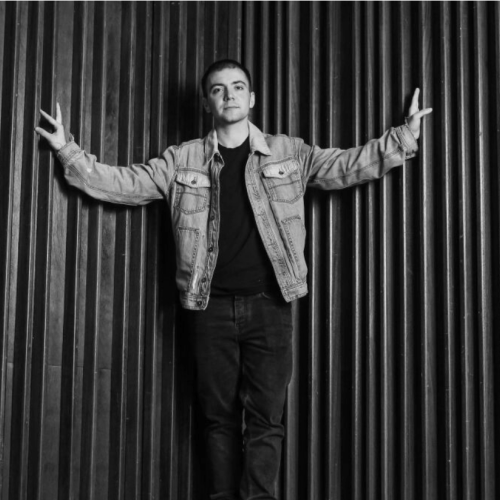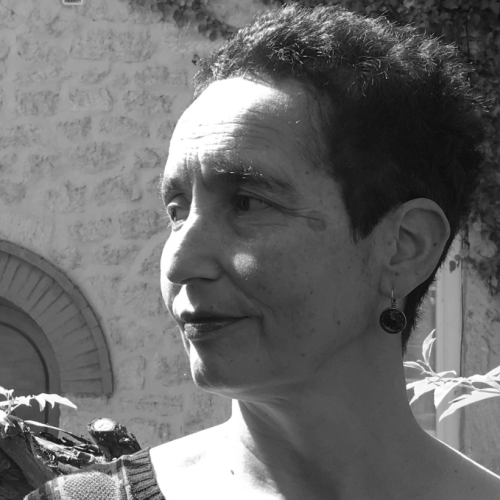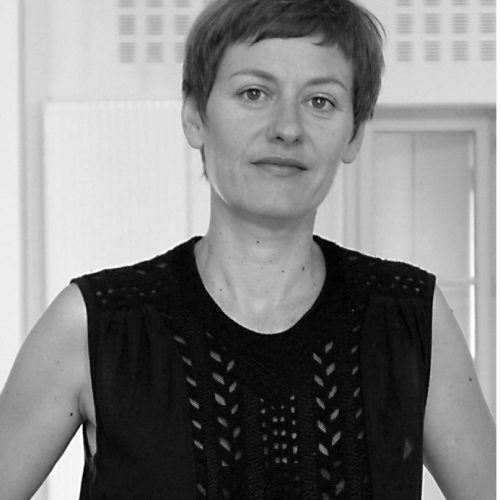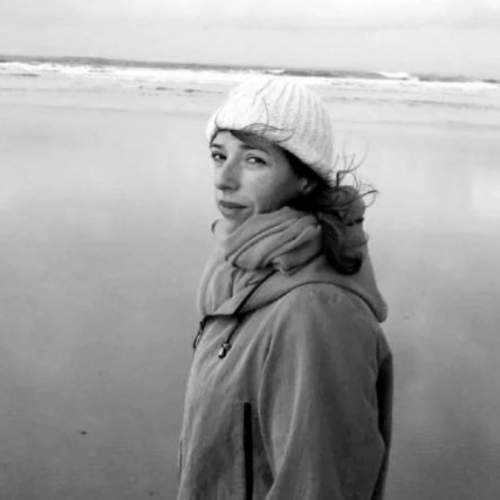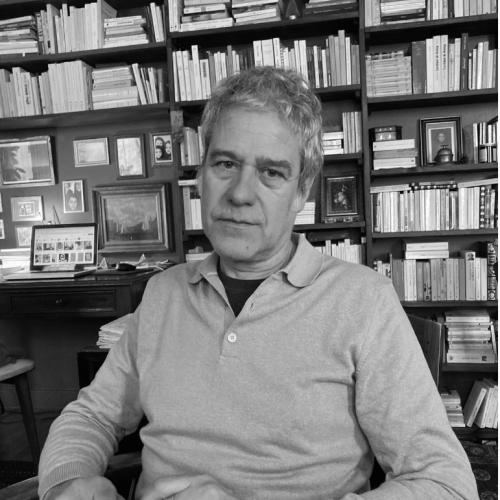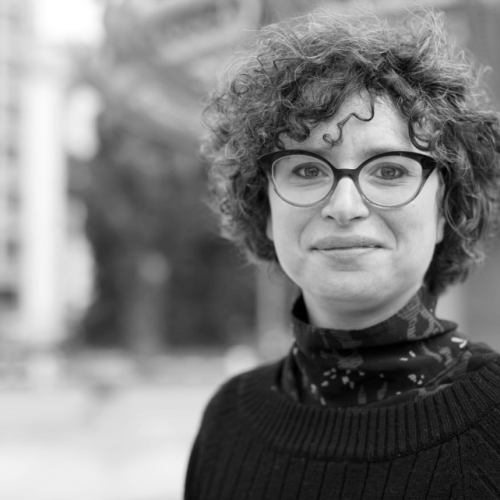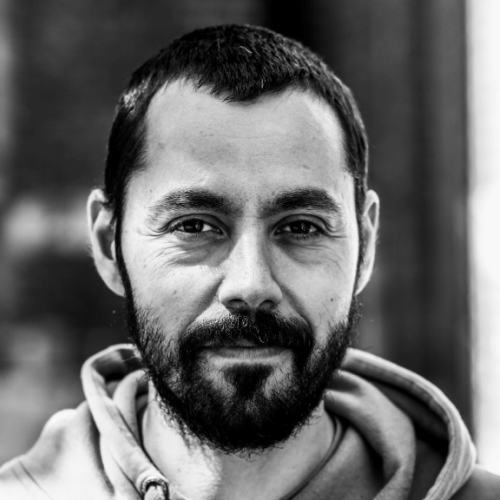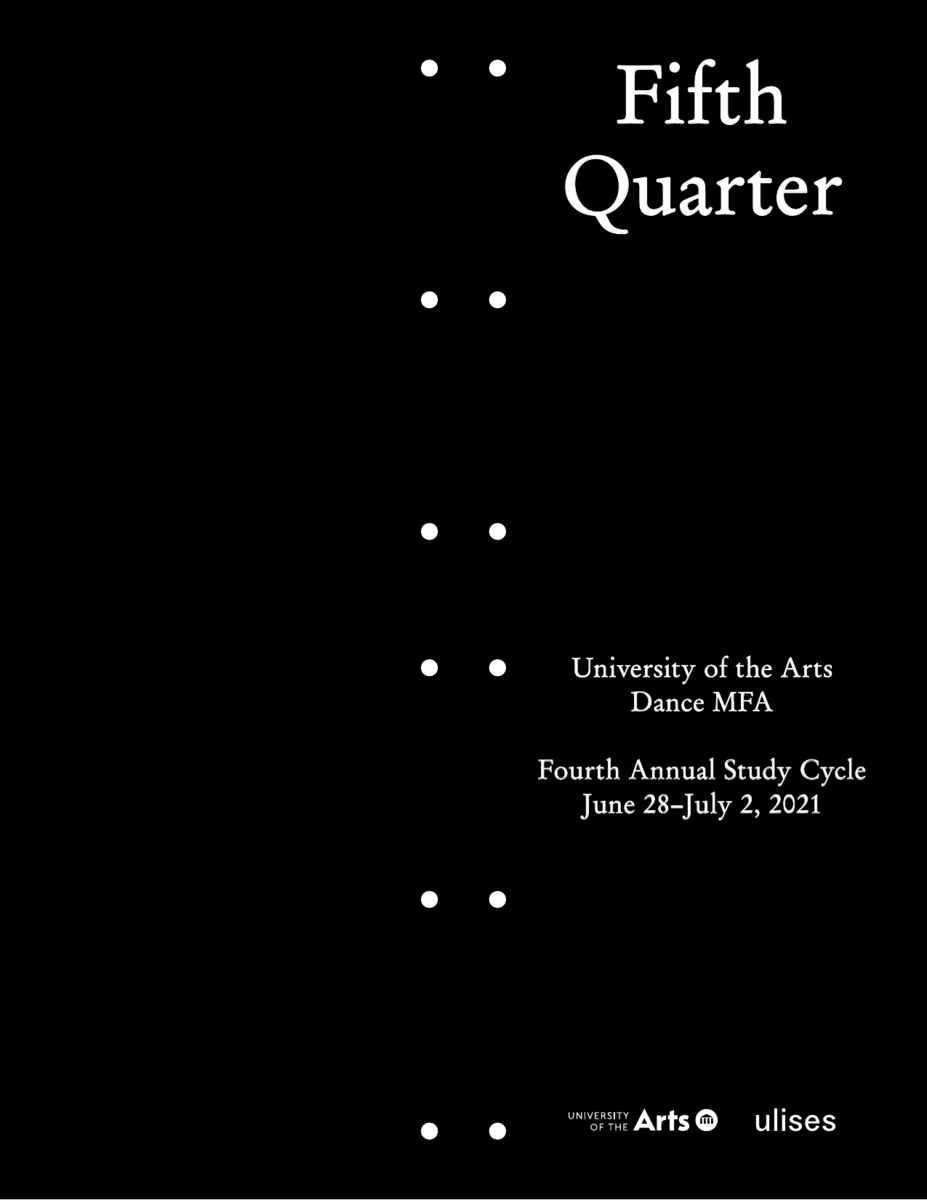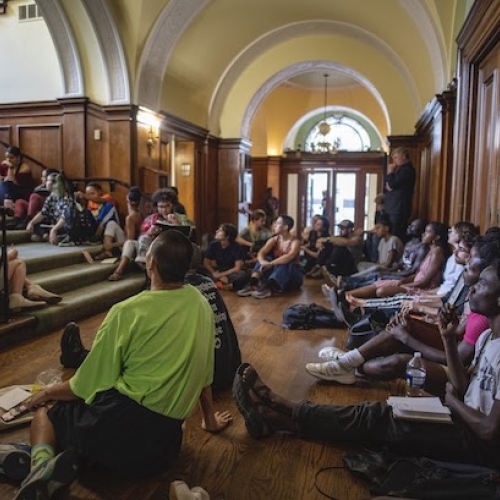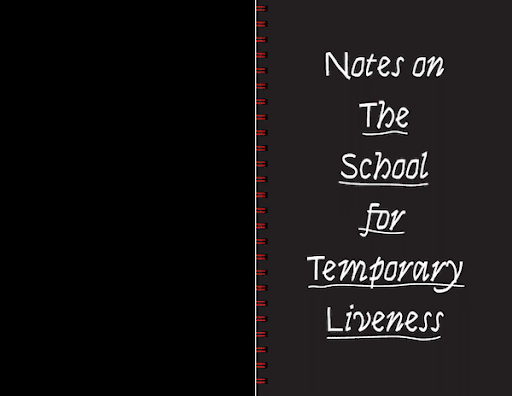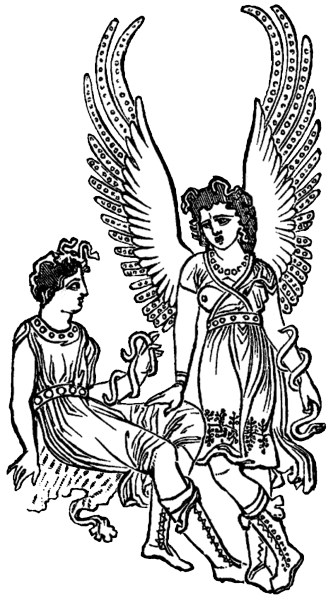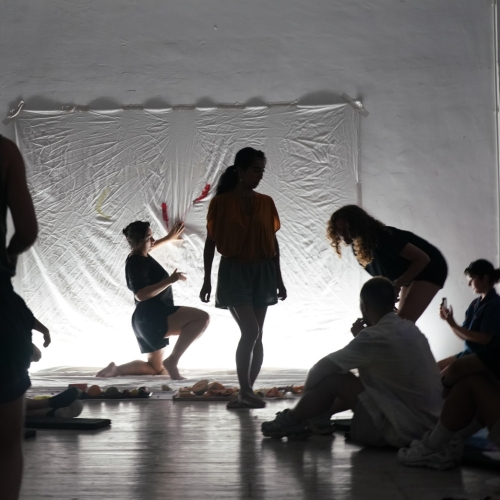
Dance (MFA)
The Dance MFA program at University of the Arts aims to rethink inherited practices and consider differently the very idea of study. The program extends the context of learning from the studio and classroom to cities and communities as spaces for learning.
Internationally Situated
Beginning each summer, the program departs from a traditional educational format by proposing instead the manifestation of temporary schools that create and enliven experimental pedagogies. Through international residencies, workshops, and symposia, UArts MFA students generate digital research catalogues, artist’s books and portfolios. Each term, the sharing of projects, processes and practices take the form of “research as action.”
Summer terms for all curricula take place in various cities, including Paris and Montpellier, France.
Immersed in the dynamic relationships created by mentorships, thinking partners, study groups and residencies, students consider and develop practices, pedagogies and research models that value experimentation and continuously question the role of dance and dancing within today’s society.
Theorizing and Practicing Knowledge Production in Relation to Citizenship and Art-Making
This mentor-based program expands from a leadership faculty supported by an international group of scholars, artists, curators, writers and community members located throughout the United States and abroad. Experts from across the fields of dance, live and visual arts and social justice gather to work within the MFA curricular platforms. These affiliated artists and guest lecturers represent an intentionally diverse array of approaches to theorizing and practicing knowledge production in relation to citizenship and art-making.
Offering Distinct Curricula
For both emerging & mid-career artists
Philadelphia Residency Structure
MFA Dance
(For emerging artists)
60 credits, 15 months
Designed for young artists with a strong interest in expanding their practice and research in an experimental and uninterrupted way. Applicants should hold 3-5 years of experience beyond an undergraduate degree in dance.
Summer Term in Residence; Fall & Spring Terms in Philly
Philadelphia residency students complete intensive fall and spring terms at UArts, in the center of Philadelphia. Faculty, mentors and visiting artists support students as they develop practices, pedagogies and modes of research within the context of Philadelphia and beyond.
Low-Residency Structure
60 credits, 15 months, low-res format
Designed for midcareer artists, teachers and dance professionals who want to question their own work and re-evaluate their career trajectories. Applicants typically hold eight to 10 years or more of experience as creative practitioners in their field.
Summer Term in Residence; Fall & Spring Terms in Your Context
Coursework is completed through self-directed research of situated pedagogical practices. Each student is supported by mentors and their fellow peers, as well as the use of distance-learning tools to facilitate the delivery of coursework.
Flex Structure
For artists in need of more flexibility
On a case-by-case basis, Flex Structure, which extends the duration of study from 15 to 22 months, may be available to qualified Philadelphia or Low-Residency candidates.
With Post-MFA Support
Once students graduate from the program, the Post-MFA structure emerges as a resource to develop new formations for exchange that may include study groups, practice residencies, fellowships and research platforms.
Contact dance@uarts.edu to learn more.
Leadership, Faculty & Mentors
The artistic and curricular leadership group includes Ric Allsopp, Donna Faye Burchfield, and Thomas F. DeFrantz. Collaborating artists and scholars include Lauren Bakst, Douglas Becker, nora chipaumire, DD Dorvillier, Beth Gill, Ishmael Houston-Jones, Iréne Hultman, HeJin Jang, Shayla-Vie Jenkins, Niall Jones, Jaamil Olawale Kosoko, Jimena Paz, Jillian Peña, Ben Pranger, VK Preston, Arkadi Zaides and Jesse Zaritt. Curricular research topics fuel the selection of faculty, mentors, advisors and resident artists/scholars each year, who form an ongoing community of exchange for all Dance graduate students.
Contact Program Director Donna Faye Burchfield at dance@uarts.edu
Leadership Team
Faculty, Mentors & Guest Artists
Low Residency Structure Students
Philadelphia Residency Structure Students
Study Cycle
Gain insights into our 2023 Study Cycle.
University of the Arts Dance MFA Program
July 10–14, 2023
A series of daily situations for collective study
“Critical Bodies: borders|ACCESS|care”
ICI CCN Montpellier, France
Guest curators and directors: Thomas F. DeFrantz and Isabelle Ginot
Invited guests include
-
Barak ade Soleil
-
Nicolas Bourriaud
-
Donna Faye Burchfield
-
Yve Laris Cohen
-
Anne Kerzerho
-
Isabelle Launay
-
Josep Rafanell
-
Myriam Suchet
-
Arkadi Zaides
A shift in paradigm is currently in process, according to Paul B. Preciado, toward a nonbinary epistemology.
An epistemology where oppositions that structure hierarchies of values in post-industrial societies—body vs. mind, masculine vs feminine, productive vs. unproductive, abled vs. disabled—are challenged by global movements of resistance.
Trans bodies, subaltern bodies, migrant bodies …
What are body experiences of being in transition? Realignments in age, gender, expressions of sexuality? What are practices of training and untraining?
Geopolitical borders are crucial in our world, and stand as strict material and political limits that many bodies transgress for survival. Other borders, although less material, shape our lives and actions. Aesthetic borders and formations of art. Social differences. City neighborhoods. Academic disciplines. Conceptual categories. A nagging sense of belonging or not being part of ... Feeling conformity or feeling strange. Our moves continuously shape and extend the limits of borders, shaping and unshaping them, twisting their lines, blurring form.
Access, Care; Learning, Study. What do we need to access shared spaces of learning and unknowing? Crafting common spaces through discourse and listening, moving and unmoving. Orienting towards difference; a discourse of criticality and care. Political renderings of need and desire made manifest through interaction and change. How do we constitute a commons that cares toward our variety?
During this symposium, we will explore what practices of dance and art, activist actions or researches are supporting, embodying or resisting aspects of this paradigm.
– Thomas F. DeFrantz & Isabelle Ginot
En français
“Corps critiques: Frontières|ACCÈS|soin”
ICI CCN Montpellier, France
Un changement de paradigme serait en cours, selon Paul B. Preciado, vers une épistémologie non binaire. Dans cette épistémologie à venir, les oppositions qui structurent les différences de valeurs de nos sociétés post-industrielles – corps vs esprit, masculin vs féminin, productif vs improductif, handicapé vs valide, etc. – sont mises au défi par des mouvements globalisés de résistance. Corps trans, corps subalternes, corps migrants …
Quelles sont les expériences des corps en transition? comment se redéfinissent les âges, les genres, les expressions des sexualités? Quelles sont leurs pratiques d’entraînement, et de dés-entraînement?
Les frontières géopolitiques sont au fondement de notre monde, et forment des limites matérielles et politiques strictes que de nombreux corps tentent de traverser pour survivre. D’autres frontières, quoique moins matérielles, imposent leur forme à nos vies et à nos actions. Celles des esthétiques et des genres en art. Les différences sociales. Les quartiers de nos villes. Les disciplines académiques. Les catégories conceptuelles. Une impression tenace de faire partie de quelque chose et d’en être exclu.e. Se sentir conforme ou étranger.e. Tous nos gestes ne cessent de consolider ou défaire ces frontières, en tordre les lignes, en brouiller la clarté.
Accéder; prendre soin; apprendre; étudier. Quels accès avons nous à des espaces communs d’apprentissage et de non-savoir? Comment fabriquer des espaces communs par le discours et l’écoute, le mouvement et sa suspension? S’orienter vers la différence, et construire une parole de critique et de soin?
Quels sont les effets politiques du besoin et du désir qui se manifestent dans l’interaction et le changement? Comment fabriquer un commun qui prend soin de notre diversité?
Durant cette semaine de symposium, il s’agira d’explorer comment nos pratiques de danse et d’art, nos actions militantes ou nos recherches participent à certains aspects de ce changement de paradigme, ou a contraire lui résistent.
– Thomas F. DeFrantz & Isabelle Ginot
Intervenant.e.s confirmé.e.s
-
Barak ade Soleil
-
Nicolas Bourriaud
-
Donna Faye Burchfield
-
Yve Laris Cohen
-
Anne Kerzerho
-
Isabelle Launay
-
Josep Rafanell
-
Myriam Suchet
-
Arkadi Zaides
Guest Speakers
Fifth Quarter is out now!
This book is published on the occasion of the University of the Arts Dance MFA in residence at BOK, Philadelphia, June 28 - July 2, 2021 a week long study cycle engaging in independent and collaborative learning exercises that respond to the site of the gym. This publication can be seen as “an archive of the time spent together”.
Reach out to esiddiquie@uarts.edu if you are interested in purchasing a copy.
The School for Temporary Liveness, Vol. 2
June 15 – 19, 2020
A series of daily situations for collective study
Watch, listen, speak, practice and reflect with Morgan Bassichis, Tina Campt, rile*, Rebecca Schneider, Julie Tolentino, Simone White, Wilmer Wilson IV and Arkadi Zaides
Co-Curators: Lauren Bakst and Niall Jones
Photo: Constance Mensh.
On the closing day of the first School for Temporary Liveness in October 2019, we found ourselves assembled on a staircase. Spilling from steps onto landings and into hallways, this was where we had to be. Inhabiting architectures of transition opened other possibilities for thinking together. In those spaces between and alongside, collective assembly became an occasion to exchange knowledge, share experiences, and continue dreaming of the world’s futures.
We are coming back to school, even though we never left. As the third annual Study Cycle for the University of the Arts MFA in Dance program, the School for Temporary Liveness, Vol 2. continues our investment in experimental pedagogies within and alongside dance and performance. Imagining ourselves together in liminal spaces as we gather virtually from bedrooms, living rooms, bathrooms, kitchens, closets, basements, porches and fire escapes, how might we propose and enact models for living in and with the world?
We invoke hallways—those transitory spaces of sociality and encounter—to hold our collective and experimental study. In this critical movement between before and after, how do we learn? We will let ourselves not know so that we might more accurately feel what we already knew. We attend diligently and effortfully to the inquiries and practices that call us toward our experiences of liveness. This is school and study is an activity best done together, with all of the pleasures and difficulties. We are all students.
Original support for the School for Temporary Liveness was provided by The Pew Center for Arts & Heritage, Philadelphia.
Notes on the School for Temporary Liveness is out now!
This publication gathers reflections on and responses to The School for Temporary Liveness, Vol. 1—a week-long event that brought performances, workshops, talks, conversations, and new formats for study together within the poetic frame of a school. It includes contributions by Lauren Bakst, Jon Baldwin, Donna Faye Burchfield, Thomas F. DeFrantz, VK Preston, Rebecca Schneider, Andrew J. Smyth and Connie Yu. Their reflections offer glimmers of what the School for Temporary Liveness was, and have embedded within them tools and inquiries for ongoing collective study.
View the publication online here or email lbakst@uarts.edu to order yours in print for $10.
Notes on the School for Temporary Liveness has been supported by the Pew Center for Arts & Heritage.

Morgan Bassichis is a performer who has been called “a tall child or, well, a big bird” by The Nation and “fiercely hilarious” by The New Yorker. Recent shows include Nibbling the Hand that Feeds Me (Whitney Museum, NYC, 2019), Klezmer for Beginners (with Ethan Philbrick, Abrons Arts Center, NYC, 2019), Damned If You Duet (The Kitchen, NYC, 2018), More Protest Songs! (Danspace Project, NYC, 2018), and The Faggots & Their Friends Between Revolutions: The Musical (with TM Davy, DonChristian Jones, Michi Ilona Osato, and Una Aya Osato, New Museum, NYC, 2017). They live in New York City.

Tina Campt is Owen F. Walker Professor of Humanities and Modern Culture and Media. Campt is a black feminist theorist of visual culture and contemporary art. One of the founding researchers in Black European Studies, her early work theorized gender, racial, and diasporic formation in black communities in Europe, focusing on the role of vernacular photography in processes of historical interpretation. Her books include: Other Germans: Black Germans and the Politics of Race, Gender and Memory in the Third Reich (University Michigan Press, 2004), Image Matters: Archive, Photography and the African Diaspora in Europe (Duke University Press, 2012), and Listening to Images (Duke University Press, 2017). She has held faculty positions at the Technical University of Berlin, the University of California, Santa Cruz, Duke University, and Barnard College. Campt serves as a Research Associate at the Visual Identities in Art and Design Research Centre at the University of Johannesburg. At the Cogut Institute, she leads the Black Visualities Initiative.

Visiting Faculty
rile* is a bookshop and project space for publication and performance hosted by Chloe Chignell & Sven Dehens. rile* is into poetry, theory, choreography, artist writing and various other text based experiments. rile* organizes performances, meetings, launches, readings... rile* is the base word for silence in Láadan, a feminist constructed language developed by Suzette Haden Elgin in 1982. The language was included in her science fiction Native Tongue series. Láadan contains a number of words that are used to make unambiguous statements that include how one feels about what one is saying. According to Elgin, this is designed to counter language's limitations to those who are forced to respond "I know I said that, but I meant this."
Sven Dehens (BE, 1990) is an artist and curator based in Brussels working on notions of publishing and cinema. He is currently involved with Kunsthal Gent, Art Cinema OFFoff and working on Rile, a project space for publication and performance practices with Chloe Chignell. Together with Chloe he organizes "next to all those organs you love", a poetry reading series in Brussels. Over the summer of 2018 he co-organized "No More Erasers", a summer school on self-publishing and transcription with Roxane Maillet. He holds an MA in visual art (LUCA) and was a participant in the a.pass artistic research program, which he concluded in 2018.
Chloe Chignell (Australia) is a dancer and choreographer based in Brussels working across text and choreography. In 2019 she opened rile* a bookshop and project space for practices moving between publication and performance, with Sven Dehens. In 2018 she finished the P.A.R.T.S research cycle where she developed her research into poetry and choreography. In 2019 she will continue this research through WorkspaceBrussels, BUDA Kortrijk, La Balsamine and Batard Festival on her new work "Poems and Other Emergencies". Chloe has a Bachelor in Dance from Victorian College of the Arts, (Melbourne). She was a DanceWEB recipient for Impulz Tanz 2015. In 2017 She studied a writing and residency program at DOCH (Stockholm). As a choreographer Chloe has been commissioned by the Keir Choreographic Award for the creation of Deep Shine (Melbourne) touring to Japan for The Awaji Art Festival. She presented a short work forever in both directions for the Venice Biennale’s Biennale of Dance College Program (2017). As a dancer Chloe has worked for Adriano Wilfert Jensen, Ingrid Berger Myhre, Anna Gaiotti, Gry Tingskog, Atlanta Eke, Ellen Söderhult, Marten Spångberg, Phoebe Berglund and James Bachelor performing in Australia and across Europe. Chloe is also co-editor of This Container magazine, developed in Stockholm with Maia Means. Her writing has been published by Indigo Dance Magazine (PAF) and Realtime (Australia). She has developed choreographic writing and reading formats hosted by Kottinspektionen (Stockholm), PraxisFestivalen (Oslo), PAF (France) Scene:Bluss (Norway). She is co-initiator of PO$$E a dance and reading group based in Stockholm with satellite groups now in Copenhagen and Melbourne.

Rebecca Schneider is Professor in the Department of Theatre Arts and Performance Studies where she teaches performance studies and intermedial art at Brown University. She is the author of Theatre and History (Palgrave 2014), Performing Remains: Art and War in Times of Theatrical Reenactment (Routledge 2011) and The Explicit Body in Performance (Routledge, 1997). With Jussi Parikka she is the author of Remain with Meson Press (2018). She has coedited the anthology Re:Direction: A Theoretical and Practical Guide to 20th-Century Directing and three special issues of TDR: The Drama Review: 1. on Precarity and Performance (2012), 2. on New Materialisms and Performance (2015), and 3. on Performance and Social Reproduction (2018). She is a consortium editor for TDR, has been a contributing editor to Women and Theatre, and is coeditor with David Krasner and Harvey Young of the book series "Theatre: Theory/Text/Performance" with University of Michigan Press.
Schneider has published essays in several anthologies including Psychoanalysis and Performance, Acting Out: Feminist Performance, Performance and Cultural Politics, Performance Cosmologies, Performance and the City, and the essay "Solo Solo Solo" in After Criticism. Her essay "That the Past May Yet Have Another Future: Gesture in the Times of Hands Up," published in Theatre Journal, won the 2018 Oscar Brockett Best Essay Prize at the American Society for Theatre Research. In addition, she has collaborated with artists at such sites as the British Museum in London and the Mobile Academy in Berlin, and delivered lectures at museums such as the Guggenheim in New York, the Gulbenkian in Lisbon, the Museum of Modern Art in Warsaw, Musee d'art contemporain de Montreal, the Centre de la Dance in Paris, and the Point Art Center in Cyprus.

Julie Tolentino is a Filipina-Salvadorean artist whose practice explores durational performance, movement, and sensual practices within installation environments as a way to continually explore the interstitial spaces of race, gender, relationality, and the archive. Her collaborative projects extend into video, object and scent-making, soundscapes, and texts drawn from the “outside" learning spaces of activism, advocacy, loss, and caregiving. Tolentino's presented works include Conversation Piece (from .bury.me.fiercely.) at EFA Project Space, New York (2019); After The Future for the Thessaloniki Biennial, Thessaloniki, Greece (2018); The Sky Remains The Same at the New Museum, New York (2013); A True Story About Two People at Participant Inc., New York (2005); The Bottom Project, The Kitchen, New York (2000); Mestiza-Que Bonitos Ojos Tienes at The Green Room, Manchester, United Kingdom and Tramway, Glasgow Scotland (1998). Tolentino is the Provocations co-editor for TDR (The Drama Review), and since 2008 has hosted residencies at Feral House*Studio in the Mohave Desert. Tolentino contributed to "The Sum of All Questions: Clit Club" in GLQ: A Journal of Lesbian and Gay Studies ( Winter 2018). Throughout the 1990s Tolentino ran queer club spaces in New York such as Clit Club and Tattooed Love Child; and co-created the Safer Sex Handbook for Women for Lesbian Aids Project/GMHC with Cynthia Madansky. Tolentino has received grants and support from Pieter Dancemakers Grant (2018); Art Matters (2010 and 2015). She was in residency at BOFFO Fire Island Artist Residency, Fire Island, NY (2018); New Museum, New York (2013); and Artsadmin, Toynbee Studios, London (2002). She is a Dean's Distinguished Fellow at University of California at Riverside.

Simone White is the author of Dear Angel of Death, Of Being Dispersed and House of Envy of All the World; the poetry chapbook, Unrest; and the collaborative poem/painting chapbook, Dolly (with Kim Thomas). Her work has appeared in Artforum, e-flux, Harper's Magazine, BOMB Magazine, Chicago Review and The New York Times Book Review, among other places. In 2017, she received the Whiting Award in Poetry. She teaches at the University of Pennsylvania and Bard's Milton Avery School of the Arts and lives in Brooklyn.

Wilmer Wilson IV is an artist working across performance, photography, and sculpture. His work examines the impressions that bodies, material, and space leave on one another, particularly at the site of the skin. He received his MFA from the University of Pennsylvania, Philadelphia, in 2015, and his BFA from Howard University, Washington, DC, in 2012.

The work of Arkadi Zaides (*1979, Homel, Belarus) addresses social and political issues, previously focusing on the Israeli-Palestinian context, where he emigrated in the 1990s, and on the situation in Europe, where he studied and currently lives and works. Zaides' artistic practice aims at initiating critical debate, concentrating on the body as a medium through which social and political issues are experienced most acutely. An independent choreographer since 2004, Zaides performed for several Israeli companies such as Batsheva Dance Company and Yasmeen Godder Dance Group. He obtained his master's degree in choreography at De Theaterschool, Amsterdam; his performances and installations have been presented at numerous dance and theater festivals, museums and galleries across Europe, North and South America and Asia.
Curriculum
Both expansive and intensive, our approach relies on situational pedagogies and the gathering of relational communities. The program moves against conventional thinking about academic learning environments utilizing the University of the Arts School of Dance’s long standing relationships to and connections with world-recognized artists, scholars and cultural institutions. With the challenge to examine the role of dance and dance-making in the community at large, the lab and study group components of the program are built on the need for critical practices and collective thinking that challenge and destabilize disciplinary thinking.
Philadelphia Residency Structure
60 credits, 15 months
Designed for young artists with a strong interest in expanding their practice and research in an experimental and uninterrupted way. Applicants should hold 3–5 years of experience beyond an undergraduate degree in dance.
Summer Term in Residence; Fall & Spring Terms in Philly
Philadelphia residency students complete intensive fall and spring terms at UArts, in the center of Philadelphia. Faculty, mentors and visiting artists support students as they develop practices, pedagogies and modes of research within the context of Philadelphia and beyond.
For artists in need of more flexibility
On a case-by-case basis, Flex Structures extend the duration of study from 15 to 22 months and may be available to qualified Philadelphia or Low-Residency candidates.
Low-Residency Structure
60 credits, 15 months, low-res format
The Low-Residency structure is designed for midcareer artists, teachers and dance professionals who seek different perspectives within their practices and career trajectories. Applicants should have a minimum of eight to 10 years of professional experience.
Summer Term in Residence; Fall & Spring Terms in Your Context
Coursework is completed through self-directed research of situated pedagogical practices. Each student is supported by mentors and their fellow peers, as well as the use of distance-learning tools to facilitate the delivery of coursework.
Explore the Full Curriculum
How to Apply
Who Should Apply
The MFA in Dance is designed with specific creative practitioners in mind.
The Philadelphia Residency Structure is designed for highly motivated emerging artists with a strong interest in expanding their knowledge and experience in an uninterrupted way. Applicants should have three to five years of experience beyond undergraduate study.
The Low-Residency Structure is designed for mid-career artists, teachers and dance professionals who seek different perspectives in their practices and career trajectories. Applicants should have a minimum of eight to 10 years of professional experience. Low-Residency students complete the summer term in residence, while fall and spring terms are completed through self-directed work with support from mentors and peers.
The Flex Structure options are available to qualified applicants who seek a completion path with more flexibility by extending their study over a longer duration.
Contact dance@uarts.edu to learn more.
Application Deadline
The deadline to apply for the MFA in Dance 2024 academic year is Jan. 24, 2024.
Application Requirements
-
$60 nonrefundable application fee
-
If the cost of the application fee is a barrier, contact Admissions to request a fee waiver code.
-
-
Official undergraduate transcript
-
Official transcripts must be sent directly from the college where you have earned, or will earn, your undergraduate degree by mail, email or a secure electronic document-delivery service.
-
If you have earned, or will earn, your undergraduate degree outside the U.S., see our transcript requirements for international graduate applicants below.
-
MFA in Dance applicants are expected to have an undergraduate degree in dance or an undergraduate degree in another area with comparable professional experience. In exceptional circumstances, exemplary professional experience might be accepted in lieu of an undergraduate degree. Those prospective applicants are advised to contact the MFA program at dance@uarts.edu in advance of submitting an application.
-
-
Two letters of recommendation
-
Two letters of recommendation from professors or professionals in your field, who are familiar with your capabilities, are required. In the case that these recommenders are not available, you may request letters from colleagues, collaborators or peers, if necessary.
-
Applicants must enter contact information for their recommenders on the application. An email will be sent to recommenders providing a link for them to upload their letter. Letters of recommendation may also be submitted by the recommender via email to gradcredentials@uarts.edu.
-
-
Statement of intent
-
Statements should be a minimum of one to two pages and detail your professional plans, interests and goals. What do you hope to gain by your studies at the graduate level?
-
Students who wish to be considered for Tuition Fellowship Awards must also submit an additional essay that further describes their professional goals and how a fellowship will facilitate attaining them. This essay should be included in the same document as your statement of intent.
-
-
Your statement of intent may be uploaded during the application process or added after submission via your applicant status portal.
-
-
Résumé
-
Your résumé should highlight all your professional accomplishments, including employment, internships, honors, exhibitions and publications.
-
Your résumé may be uploaded during the application process or added after submission via your applicant status portal.
-
-
Portfolio
-
MFA applicants should submit a portfolio of at least three recent choreographic and/or performative works from the past five years. Documentation of works may take a variety of formats, from short videos (no longer than five minutes), images, links to external websites, writings and/or project briefs. In addition, provide a text document titled “List of Works” that provides an overview of all works, a short description of each and the type of documentation you are submitting for each. Works that are not contextualized or adequately described may not be evaluated.
-
The portfolio may be uploaded during the application process or via your applicant status portal after submission. You must confirm when your submission is complete via the linked electronic form before your portfolio can be reviewed for admission.
-
-
Interview
-
After the application has been processed, applicants might be contacted for a personal interview conducted by the program leadership team and faculty. Interviews may be conducted on campus or by phone or Zoom.
-
International Applicants
In addition to the requirements listed above, international applicants or those with foreign credentials must submit
-
Official undergraduate transcripts
-
Applicants who have academic documents from institutions outside the U.S. are required to provide original, attested or certified true copies of academic records from the institution where they have earned, or will earn, their undergraduate degree. These records should be in the original language in which they were issued.
-
For postsecondary school records that are not in English, applicants must also submit an official translation of all their academic documents. Translations must be a complete, literal, word-for-word translation in the same format of the original academic document. Transcripts cannot be translated by the student or any members of their family. Acceptable translators include English teachers or other school officials, professional translators, or a local EducationUSA office.
-
Admissions might request that students obtain a course-by-course credential evaluation if we are not able to confirm the equivalent level to a U.S. undergraduate degree.
-
-
Proof of English proficiency
-
For international applicants whose primary language is not English, and who have not completed two semesters of college-level English in a college/university where the language of instruction is English, proof of English proficiency is required.
-
Recommended minimums for English proficiency exams are as follows.
- TOEFL iBT: 79
- TOEFL essentials: 8.5
- IELTS: 6.5
- Pearson PTE Academic: 53
- Duolingo: 100
-
Applicants who meet the academic and creative requirements for admission but whose scores do not meet the English proficiency requirement for degree study might receive an offer of conditional admission that requires enrollment in the university’s English as a Second Language Institute (ESLI). Applicants who successfully complete ESLI will then be able to begin their degree program studies in the fall semester.
-
In special circumstances, applicants who do not have access to the TOEFL, IELTS or Duolingo English tests can request a waiver of this requirement. The request should be submitted by email to admissions@uarts.edu. Requests will then be reviewed on a case-by-case basis and might require an interview.
-
-
I-20/F-1 international student visa information: Upon acceptance, students will be contacted by University of the Arts’ International Student Programs office, regarding visa counseling and all materials required to create an I-20 in order to obtain an F-1 visa. Contact Mara Flamm, director of international student programs, with any questions regarding your I-20 or F-1 visa.
Scholarships & Grants
Travel Assistance Grant
All MFA Dance students are eligible for a $500 travel assistance grant awarded each summer, for a maximum of two summers (total award not to exceed $1,000) to help defray the costs of travel.
Tuition Fellowships
Tuition Fellowships are competitive awards that range in amount. Awards are based both on the applicant's creative merit and demonstrated financial need. All MFA Dance applicants are eligible. Interested students must submit an additional essay that further describes their professional goals and how a fellowship will facilitate attaining them. This essay should be included within the statement of intent document uploaded online when you complete the online application. U.S.-based students must also submit a FAFSA.
Post-MFA Support
Once students graduate from the program, the Post-MFA cohort emerges as a resource to develop new formations for exchange that may include study groups, practice residencies, fellowships and research platforms.
Financial Aid
All applicants are reviewed for merit-based awards during the admissions process. In addition, most US citizens and permanent residents qualify for federal, need-based financial aid. You will need to file a Free Application for Federal Student Aid (FAFSA) in order to be evaluated for eligibility. Once you are admitted and we have received your FAFSA, you will receive a financial aid notification letter. For full details please visit fafsa.ed.gov or contact the Office of Student Financial Services at UArts.
We encourage students to complete the FAFSA by March 15, if possible.
Many students and families have encountered technical challenges while trying to complete the FAFSA this year. If this is the case for you, continue to utilize the FAFSA support resources until your issue is resolved. UArts will ensure that all admitted students who file the FAFSA are eligible for the same institutional funding to support your costs.
Tuition & Fees
Get Started
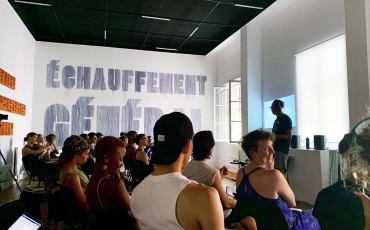
Contact the School of Dance
The best way to get to know UArts is by connecting with the School of Dance. Contact us to learn more.
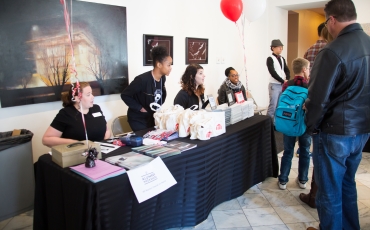
Not sure where to start?
We're glad you want to learn more. Our admissions team is happy to send additional information about our school.

